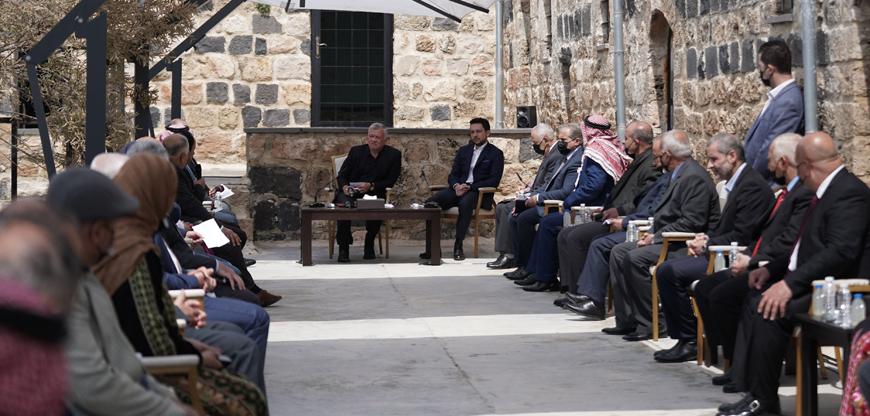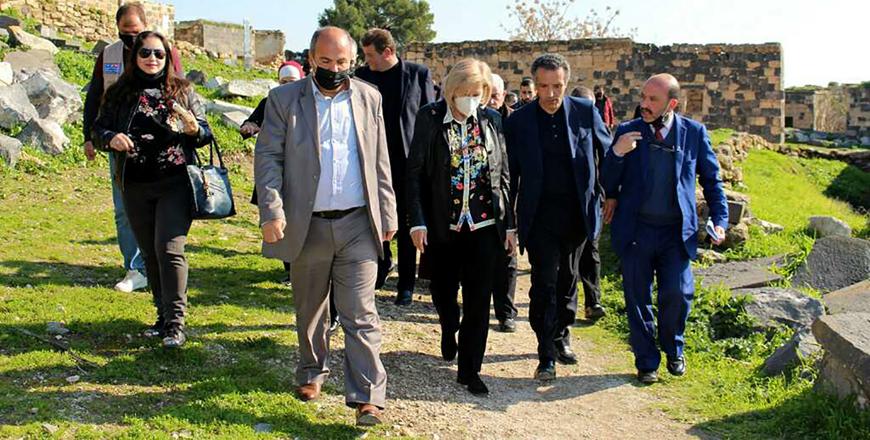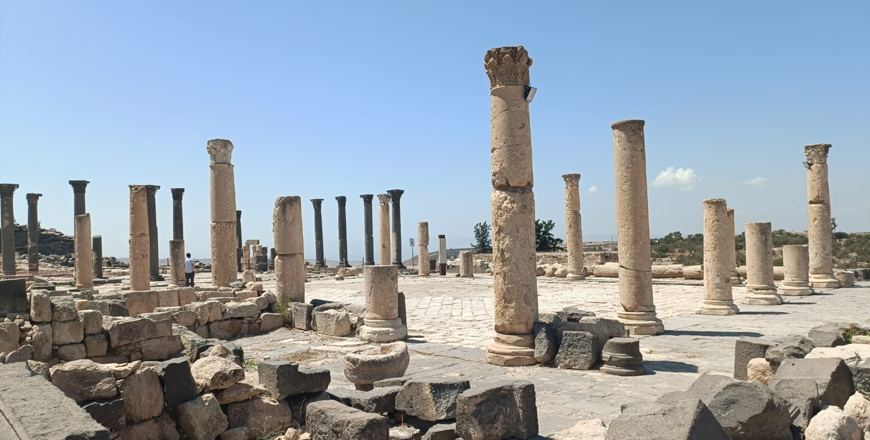You are here
Wildlife thrives in Jordan’s ruins — scholar
By Saeb Rawashdeh - Oct 29,2018 - Last updated at Oct 29,2018
AMMAN — Jordan’s long-abandoned ruins and archaeological sites house similar or higher densities of biodiversity than natural sites in the Kingdom, an Arab American scholar recently discovered.
The idea to connect animals and archaeological sites was a result of frequent visits to Jordan as a child, explained Omar Attum, who is an associate professor of Biology at Indiana University Southeast.
Archaeological sites have cultural and historical value, but they also play an important role in preserving a country's biodiversity, Attum elaborated, noting that high biodiversity is due to an unnaturally high density of rock habitat as a result of the forest of columns, dilapidated walls and old growth olive trees.
The professor compared the biodiversity of the archaeological site Umm Qais with the Yarmouk Protected Area and with select olive groves.
The Graeco-Roman ruin of Umm Qais, the ancient Gadara, is the home of many plants and animals, he continued, adding that there are a few hundred-year old olive groves. The team also found that "archaeological sites have a higher percentage of green vegetation cover, which insects use as food".
"We found that the tree structures between the archaeological and natural sites were similar," Attum said in a recent interview for The Jordan Times, noting that the ruins of empires are an oasis of vertical rock habitat, within the midst of a forest-like, old growth olive grove.
"As we surveyed the archaeological site, we observed birds perched on top of the columns, including species like the little owl using the unique vantage point to scope out prey, while male black-eared wheatears advertised their territories to other potentially intruding males and receptive females," he underlined.
Moreover, some species, such as the agama lizard and the Levant fan-footed gecko, were even found in higher densities at the archaeological site, which they witnessed crawling out from the cracks at different heights to catch the morning’s first rays of sunshine, Attum pointed out.
"We even saw a few Greek tortoises, a species that is endangered in Jordan and globally threatened, feeding on the abundance of wild flowers that grew between the ruins," the biologist said.
"The Greeks and Romans at one time ruled Umm Qais, but reptiles are the new rulers of these ruins," he underlined.
Attum, who is an ACOR-CAORC postdoctoral fellow in Jordan, plans to continue to explore the biodiversity of other archaeological sites.
"I would like to visit the ruins in the Eastern Desert and areas surrounding Petra," he said.
Related Articles
AMMAN — His Majesty King Abdullah on Sunday met with a number of local community leaders in Umm Qais in the northern governorate of Irbid.Du
AMAMN — The ministries of Culture and Tourism are working hand in hand to make the activities of the "Irbid, Arab Capital of Culture for 202
AMMAN — Umm Qais has been selected as one of the world's “Best Tourism Villages” in 2022 by the United Nations World Tourism Organisation (U



















